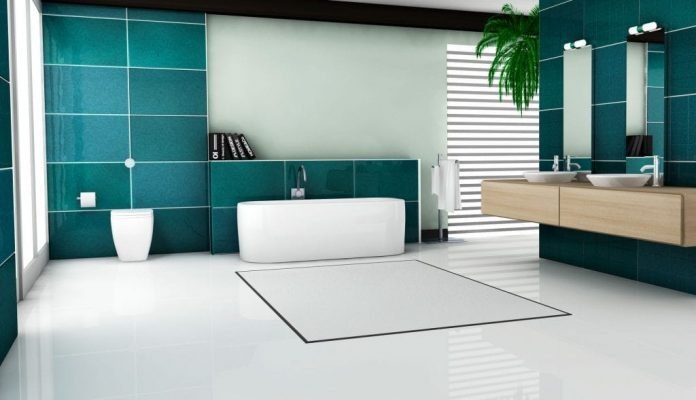Last Updated on March 2, 2022 by rida
Removing carpet and tile can be a very time-consuming task, but it’s something that homeowners may need to do to remove stains or just get the flooring ready for replacement. These two types of flooring are similar in the way they’re installed, so you can use the same techniques to remove them. When you’ve got a bathroom to rip out and replace, one of the most important steps is getting rid of the old sink, toilet, shower or tub. You’ll likely need to use a professional bathroom removal at Sunshine Coast for this task, as it can be difficult to maneuver bulky and heavy pieces through narrow doorways and hallways without damaging the walls.
You’ll want to start by clearing out the room of any furniture, appliances and other items that might be blocking your path. Once it’s clear, you can begin removing the carpet or tile.
Table of Contents
Removing grout
Use a hammer and chisel to loosen old grout and chip away at it until you get all of it off. Use the chisel to separate joints and lift tiles up. Take care not to damage the subflooring below. Remove any baseboards, quarter round or shoe molding. There are many types of trim used in homes today. You will need to remove all of it so you can pull up the tile underneath it. In most cases, simply pulling it away from the wall will work fine. However, if prying does not work, you may need to use a crowbar or flat bar for leverage.
Do not throw away your trim! It will likely come in handy when you have new flooring installed. Keep it safe with your other materials so that contractors can re-use them during installation.
Removing tile or carpet from the floor
Use a utility knife to cut through the tile or carpet where it meets corners and walls. If you have large sections of carpet or tile, use a concrete saw with a masonry blade to cut through. Once cut through, pry up and dispose of tile or roll up and dispose of carpet.
Steps:
1.Use a heat gun to loosen the glue holding down the carpet.
2.Puncture the carpet padding with a screwdriver.
3.Pull up the carpet and padding by hand.
4.Cut the vinyl tile into pieces with a utility knife.
5.Apply a chemical-resistant solvent to break down the adhesive, then scrape off the residue with a putty knife.
Removing tile from your home
Removing tile from a bathroom or kitchen floor is never as easy as it looks. Often, many of the tiles will break during the removal process due to their age. Breaking the tiles will make removing the thinnest mortar underneath much easier. It is important to note that thinnest mortar contains silica dust, which can be very harmful when inhaled. A respirator should be worn while removing any tile flooring in order to avoid breathing in this dangerous material.
The best way to remove tile from a bathroom or kitchen floor is by using a jackhammer or rotary hammer. This tool makes removing tile much easier and quicker than using hand tools alone. However, this tool can be expensive and difficult for some people to use safely without experience.
Ceramic tile
The easiest way to remove ceramic tile from your floor is with a power scraper. A power scraper uses rotating blades to shave away thin layers of the tile, allowing you to remove the material without damaging the subfloor underneath. That said, even with a power scraper you have little control over how much material you’ll remove at once because there isn’t an adjustment for depth. A heavy hand can lead to gouging or damage to your subfloor, so use caution when operating this tool.
When removing tile with a power scraper, begin by setting your tool at its lowest depth setting (1/8 inch). If possible, begin in a corner where two walls meet.
Use a hammer and chisel
This can be used on both old and new tile and carpet. The hammer and chisel can easily break through both hardwood floors and carpeting. To make this work better, use a pneumatic nail gun rather than an electric nail gun.
Use a hammer drill
A hammer drill is another tool that can be used on either old or new tile and carpeting. Use a hammer drill with an air compressor attached so that you can use it at full power without having to worry about using your hands too much.



























